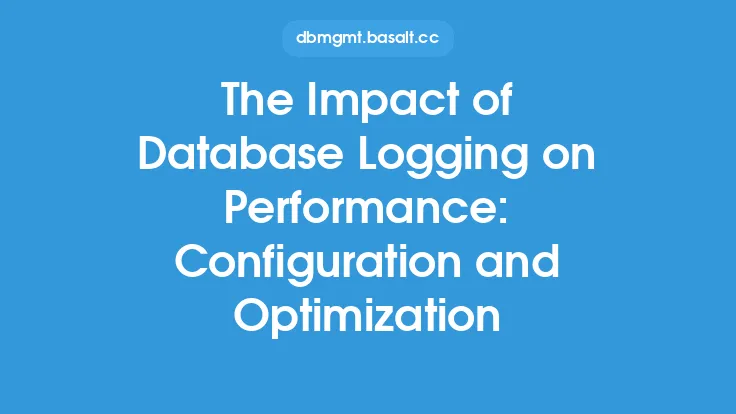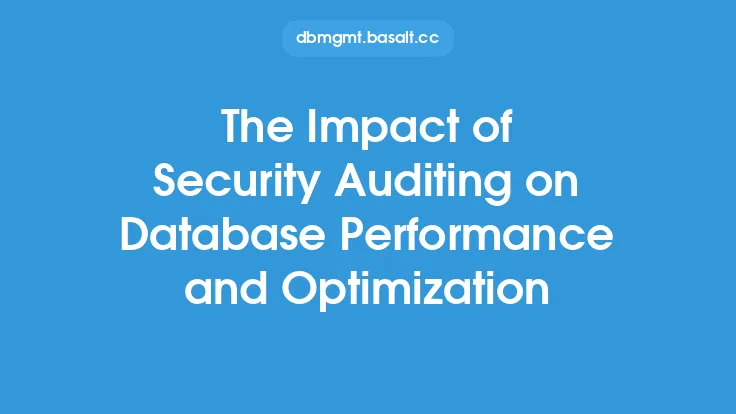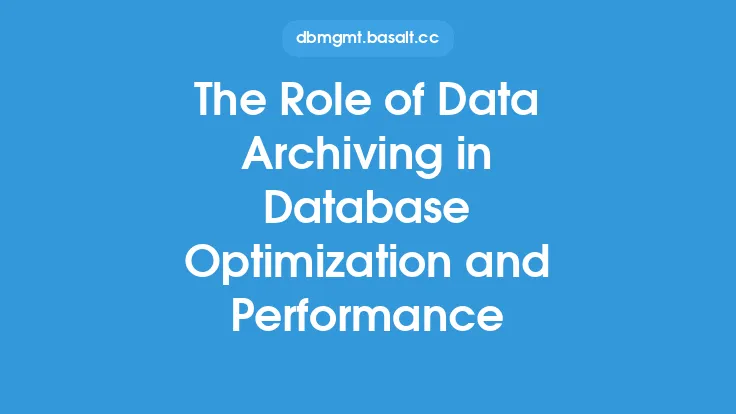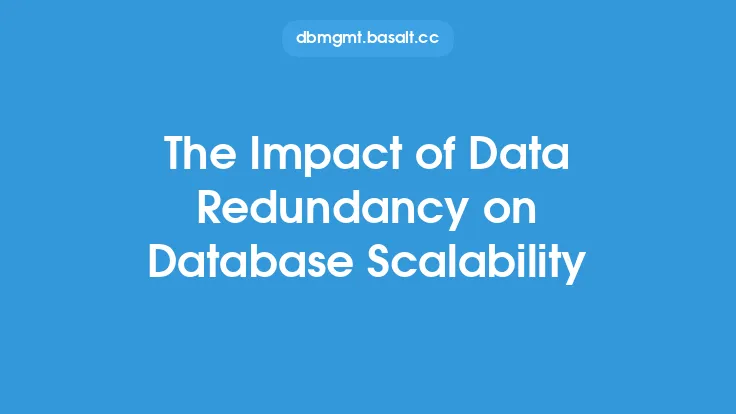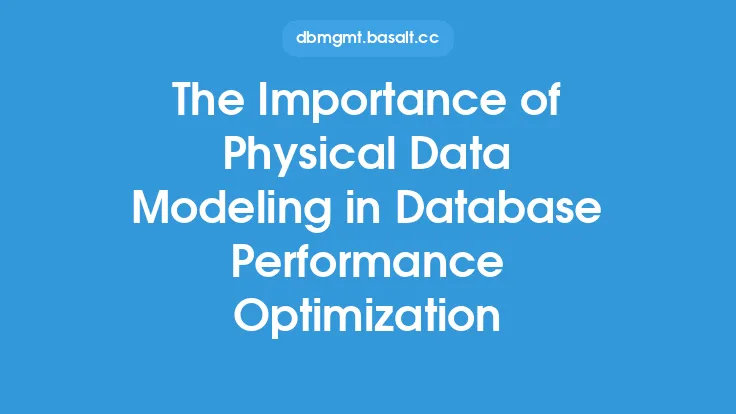When it comes to database management, data restoration is a critical process that can have a significant impact on database performance. Database administrators understand the importance of having a reliable backup and recovery system in place to ensure business continuity in the event of data loss or corruption. However, the process of restoring data can be complex and time-consuming, and if not done properly, can lead to performance issues and even data inconsistencies.
Introduction to Data Restoration
Data restoration involves retrieving and recovering data from backup files or other storage media to restore a database to a consistent state. This process can be triggered by various events, such as hardware or software failures, user errors, or natural disasters. The goal of data restoration is to recover the database to a point in time when the data was consistent and accurate, ensuring minimal data loss and downtime.
Factors Affecting Database Performance During Restoration
Several factors can impact database performance during the restoration process. These include the size of the database, the type of backup files used, the restoration method employed, and the system resources available. Large databases can take longer to restore, and the process can be resource-intensive, requiring significant CPU, memory, and disk I/O resources. Additionally, the type of backup files used, such as full, incremental, or differential backups, can affect the restoration time and performance.
Types of Data Restoration
There are several types of data restoration, including physical restoration, logical restoration, and point-in-time recovery. Physical restoration involves recovering the entire database from backup files, while logical restoration involves recovering specific database objects, such as tables or indexes. Point-in-time recovery involves recovering the database to a specific point in time, allowing administrators to recover data up to a specific transaction or event.
Impact of Data Restoration on Database Performance
The impact of data restoration on database performance can be significant. During the restoration process, the database may be unavailable or have limited access, leading to downtime and potential business disruption. Additionally, the restoration process can consume significant system resources, leading to performance degradation and potential bottlenecks. Furthermore, if the restoration process is not done properly, it can lead to data inconsistencies, corruption, or even data loss.
Best Practices for Minimizing Performance Impact
To minimize the performance impact of data restoration, database administrators can follow several best practices. These include using efficient backup and recovery tools, optimizing system resources, and implementing a robust testing and validation process. Additionally, administrators can use techniques such as parallel processing, compression, and encryption to improve restoration performance and reduce downtime.
Technical Considerations
From a technical perspective, data restoration involves several complex processes, including data retrieval, log replay, and consistency checking. Data retrieval involves reading data from backup files or other storage media, while log replay involves reapplying transactions from the transaction log to ensure data consistency. Consistency checking involves verifying the integrity of the recovered data to ensure it is accurate and consistent.
Database Engine Considerations
Different database engines, such as Oracle, Microsoft SQL Server, or IBM DB2, have their own unique features and requirements when it comes to data restoration. For example, Oracle uses a concept called "flashback" to recover data to a previous point in time, while Microsoft SQL Server uses a feature called "database snapshots" to create a temporary copy of the database for recovery purposes. Understanding these engine-specific features and requirements is critical to ensuring successful data restoration and minimizing performance impact.
Conclusion
In conclusion, data restoration is a critical process that can have a significant impact on database performance. By understanding the factors that affect database performance during restoration, using efficient backup and recovery tools, and following best practices, database administrators can minimize the performance impact of data restoration and ensure business continuity. Additionally, by considering technical and database engine-specific requirements, administrators can ensure successful data restoration and maintain the integrity and consistency of their databases.
